Why Vertical Video is Gaining Popularity
Explore the advantage of Vertical Video for your Tiktok and Instagram live stream using Instream, Hollyland Arocam C2, YoloLiv PTZ Camera V100, and Hollyland VenusLiv
All-in-one Multicam Vertical Video Live Stream Device
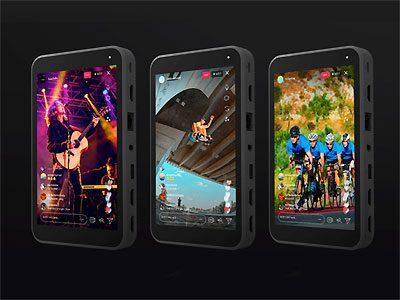
Vertical video refers to a video that is recorded and viewed in a vertical orientation, with the height being greater than the width. Traditionally, videos have been recorded and viewed horizontally, with the width being greater than the height.
Vertical video has gained popularity due to the increasing use of smartphones and mobile devices. As people spend more time on their phones, consuming content on platforms like social media, vertical videos have become more prevalent. Smartphones are naturally held in an upright position, making it convenient for users to record and watch videos in a vertical format.
There are several advantages to vertical video. Firstly, it provides a more immersive experience on mobile devices since it fills the screen entirely. This can be particularly beneficial for certain types of content, such as vlogs, tutorials, or interviews, where the focus is on an individual or an object in the foreground. The videos also tend to have better visibility when viewed on mobile devices, as users don't need to rotate their screens or squint to see the content.
The vertical video finds applications in various areas. One of the primary areas is social media platforms like Instagram, Snapchat, and TikTok, where vertical videos are the norm. Many content creators and influencers produce videos to engage with their audience more effectively. Additionally, brands and marketers have recognized the potential of videos for advertising campaigns, as they can occupy the full screen and capture users' attention more effectively.
It's worth noting that while the video has gained popularity, it's not suitable for all types of content. Some videos, like those intended for television or cinema, may still be best viewed in a horizontal format to maintain the intended composition and visual experience. Ultimately, the choice of video orientation depends on the platform, the target audience, and the specific content being created or consumed.
Yololiv Instream how they support Vertical video
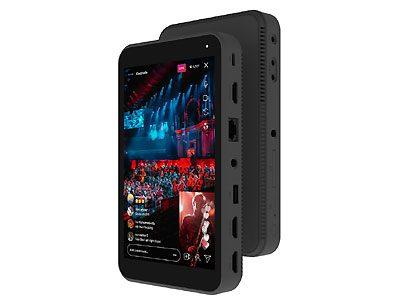
Yololiv Instream is a platform that supports and embraces the concept of vertical video. Yololiv Instream recognizes the growing popularity and effectiveness of vertical videos, especially in the context of mobile viewing and social media engagement.
By integrating vertical video support into their platform, Yololiv Instream enables content creators and advertisers to leverage the advantages of vertical video. They understand that vertical videos provide a more immersive experience on mobile devices, as they fill the entire screen and capture users' attention more effectively.
With Yololiv Instream, content creators can produce vertical videos that are optimized for mobile viewing and engagement. They can create compelling and visually engaging content that aligns with the preferences and habits of smartphone users. This allows creators to enhance their storytelling and connect with their audience in a more impactful way.
Advertisers can also benefit from Yololiv Instream's support for vertical video. They can design and deliver ad campaigns that utilize the full screen, making their messages more prominent and engaging. Vertical videos on Yololiv Instream can effectively capture users' attention and increase brand awareness and conversions.
In summary, Yololiv Instream understands the significance of the video and has incorporated support for it into its platform. By embracing vertical video, they enable content creators and advertisers to leverage the advantages of this format and engage with their audience more effectively, especially in the mobile and social media space.
How to shoot Vertical video
1. Hold your phone vertically: Start by holding your smartphone in a vertical orientation, with the longer edge of the phone aligned vertically. This ensures that your video is captured in the correct aspect ratio for vertical viewing.
2. Stability is key: To avoid shaky footage, hold your phone with both hands or consider using a tripod or stabilizer. Stable footage enhances the overall quality of your video and makes it more enjoyable to watch.
3. Frame your shot carefully: Pay attention to the composition of your shot. Consider the main subject or focal point and position it accordingly within the frame. Be mindful of the background and ensure it complements your subject without distracting from it.
4. Utilize the vertical space: Since you have a taller frame to work with, take advantage of it. Explore creative ways to use the vertical space in your shots. For example, you can capture the full height of a skyscraper, a tall tree, or a person from head to toe.
5. Lighting considerations: Good lighting is essential for any video. Be aware of the lighting conditions in your shooting environment. Avoid backlighting, which can cause your subject to appear dark. If possible, use natural light or add additional light sources to ensure your subject is well-lit.
6. Plan for mobile viewing: Keep in mind that videos are primarily intended for mobile viewing. Consider how your video will appear on a smaller screen. Keep the important elements and text within the central area of the frame to ensure they are easily visible on mobile devices.
7. Experiment with different shots and angles: Don't be afraid to try different camera angles and perspectives to add visual interest to your video. You can experiment with low-angle shots, close-ups, or wide shots to create a dynamic viewing experience.
8. Edit and optimize your video: After shooting, you may want to edit your video to enhance its quality. Trim unnecessary footage, adjust the brightness or contrast if needed, and consider adding captions or subtitles if relevant.
Remember, practice makes perfect. Keep experimenting and exploring different techniques to improve your vertical video skills. Enjoy the process and have fun creating engaging content.
Lastly, if you wish to shoot your Vertical Video professionally, we would recommend you take a look at this product.
Currently, there are 3 models of PTZ Cameras supporting Vertical Video Capturing for live streaming
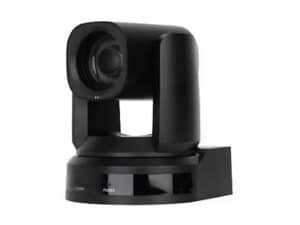
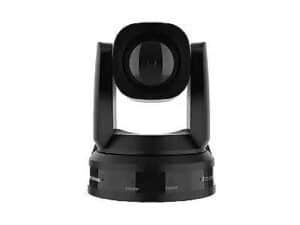
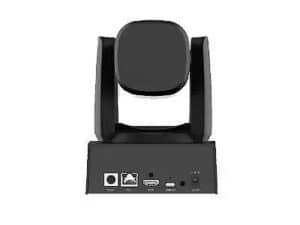
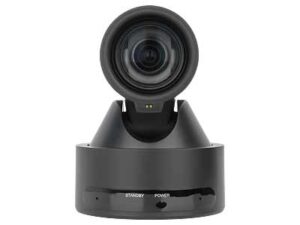
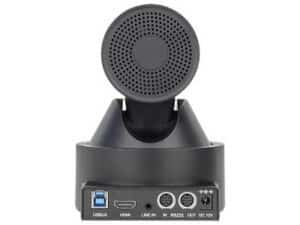
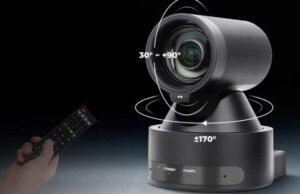
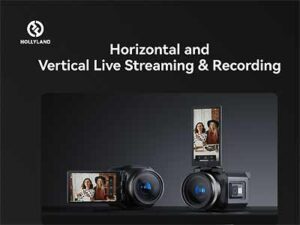

Comments
Post a Comment